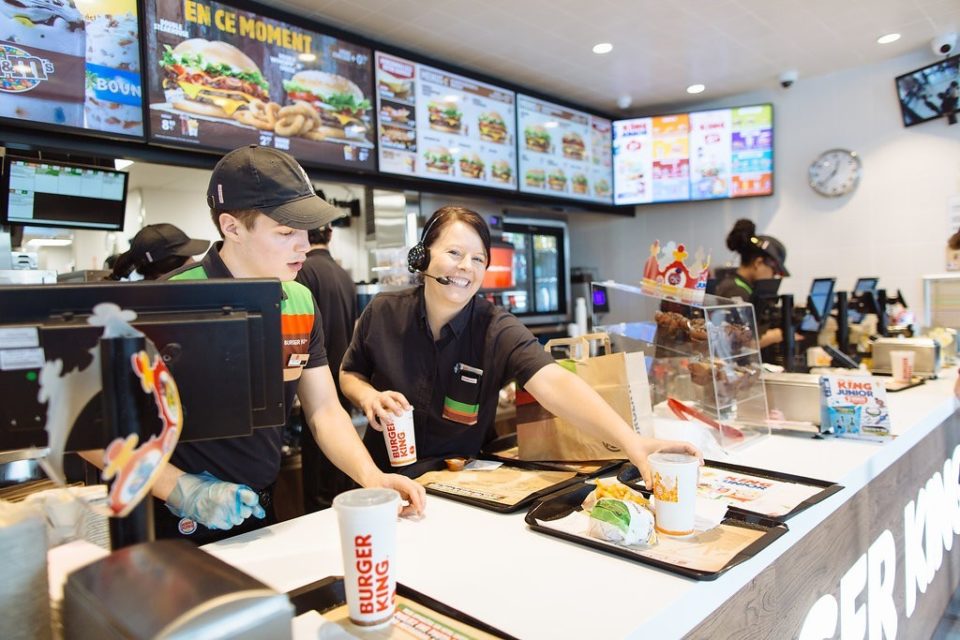There’s a lot of talk about building brands from the inside-out. But is the time needed to build such a high-performing culture at odds with the demands of quarter-by-quarter performance appraisal?
Aetna CEO Mark Bertolini put forward what many might see as a disruptive view in an interview recently: “Profit is an outcome of a well-run business based on sound business fundamentals and a well-educated and happy workforce. You don’t manage a bottom line. Anybody who manages a bottom line is making a big mistake. That’s why a lot of companies aren’t around for a long time.”
Two immediate points to note in his statement: the link between short term thinking and shorter living companies; and the description of profit as an outcome of human factors.
The relationship between short term-ism and expected brand duration in Bertolini’s statement is interesting because it suggests that focusing on the short term tangibly deteriorates the life expectancy of a brand. Companies are actively building dying brands and telling themselves that is the accountable and responsible thing to do.
The Dutch social psychologist Geert Hofstede, who first talked about long term versus short term orientation in the 1990s, makes the often-missed point that whereas long-term orientation in reality stands for the fostering of virtues oriented to future rewards, short-term orientation revolves around virtues related to the past and the present. That, I would suggest, is the exact opposite of how it is justified by those who assess progress in the short term.
When brands think only in the short term, they extrapolate their future from how they are currently tracking, and they motivate their people around that same sense of currency. Everything is about trends – and true to Hofstede’s model – the future becomes an extension of the way the numbers are pointing at a specific point in time. That’s because they seem to need an immediate sense of proof. Of course, no-one’s denying that there needs to be metrics and that they need to be measured regularly, but Bertolini’s point that you should read those numbers as a performance indicator of your culture before you read it as an indicator for the company’s well being will rankle some.
However, as McKinsey pointed out in this article, the market’s assessment of performance can be at odds with the actual wellbeing of the brand. “The most common approach to measuring the stock market performance of a company is to calculate its total returns to shareholders (TRS), defined as share price appreciation plus dividend yield, over time. This approach has severe limitations, however, because over short periods TRS embodies changes in expectations about the future performance of a company more than its actual underlying performance and health. Companies that consistently meet high performance standards can thus find it hard to deliver high TRS … The better these managers perform, the more the market expects from them; they must run ever faster just to keep up … This predicament illustrates the old saying about the difference between a good company and a good investment: in the short term, good companies may not be good investments, and vice versa.”
Too often companies separate their numbers from the people who made the numbers happen, but as this perspective from the New York Times reveals, stakeholders can have very different views on potential earnings and their impacts. “For companies, failure and expansion could not be more different. For employees, they can feel the same … On the one hand, the collapse of British retailer BHS, with the potential loss of 11,000 jobs, has set off a witch hunt. On the other, the energy giants Shell and BG Group have merged, and expect to generate $4.5 billion of annual savings as a result. The cost is that 12,500 jobs worldwide get the chop.” That’s because the outcome for people in both cases was exactly the same. It’s impossible to motivate anyone to see redundancy as a reward for working harder and harder.
As a result of both these dilemmas, people are aiming for short-term targets that continue to allude them and can then work against them.
Long term brands look to different measures – hopefully, their purpose and ambitions – to evaluate whether they are on track. They also recognize that brands live or die on their ability to generate trust. Those brands that focus on quality and responsiveness, that respond to customer needs and engage in regular conversation are more likely to keep customers. No customer stays with a brand because of how it is performing financially. They stay, or re-select a brand, because of their own experiences and the experiences of those around them. And the most likely encounter they will have – until chatbots take over the world – is with people.
The difficulty for many brands in laying out and working to a long term view is that it requires confidence and faith. As a brand, you need to lay out plans for what you will achieve beyond the timeframes in which you are often assessed. My experience is that many brands do not actually believe their own vision. They are not examining their progress against that long-term view, and most have not connected that long-term goal with the pay-offs for all involved in reaching that point.
In such circumstances, reaction quickly becomes a much simpler way to assess progress than action. ‘If we look after the immediate, the long term will take care of itself.’
In point of fact, the converse applies. Brands that truly understand what they need to accomplish in the long term will know what they need to achieve in the short term, and how that will affect their people, in order to remain on target. Five thoughts around how to do this:
1. Quantify your vision/purpose in terms of what it will mean for your people. When you become the brand you’ve always wanted to be, what will it mean for them?
2. Define who you will be. What are your long term goals for your brand culture – in other words, what qualities will the people within your brand culture need to display in order to achieve that?
3. Assess progress broadly. How will you assess advancement towards the goal in the terms that Bertolini referred to – as your brand edges closer to your purpose, how will that play out across your wider metrics: not just the numbers, but also your people’s wellbeing, competence, leadership, succession etc?
4. Report specifically. Memory and history are created by people, and ultimately that’s where a brand derives its value – from what it’s known for, and for the consistency with which it keeps delivering on that. What expectations will you have of people and they have of themselves and their teams that will keep them motivated on what needs to get done now in order to stay on track for tomorrow? What results will you highlight and which ones will you downplay? How often?
5. Make change part of business as usual. How much innovation/improvement/disruption is built into your long term vision – and how will you reward people for making that happen (rather than penalizing them once it has happened)?
The Blake Project Can Help: Please email us for more about our purpose, mission, vision and values and brand culture workshops.
Branding Strategy Insider is a service of The Blake Project: A strategic brand consultancy specializing in Brand Research, Brand Strategy, Brand Licensing and Brand Education




